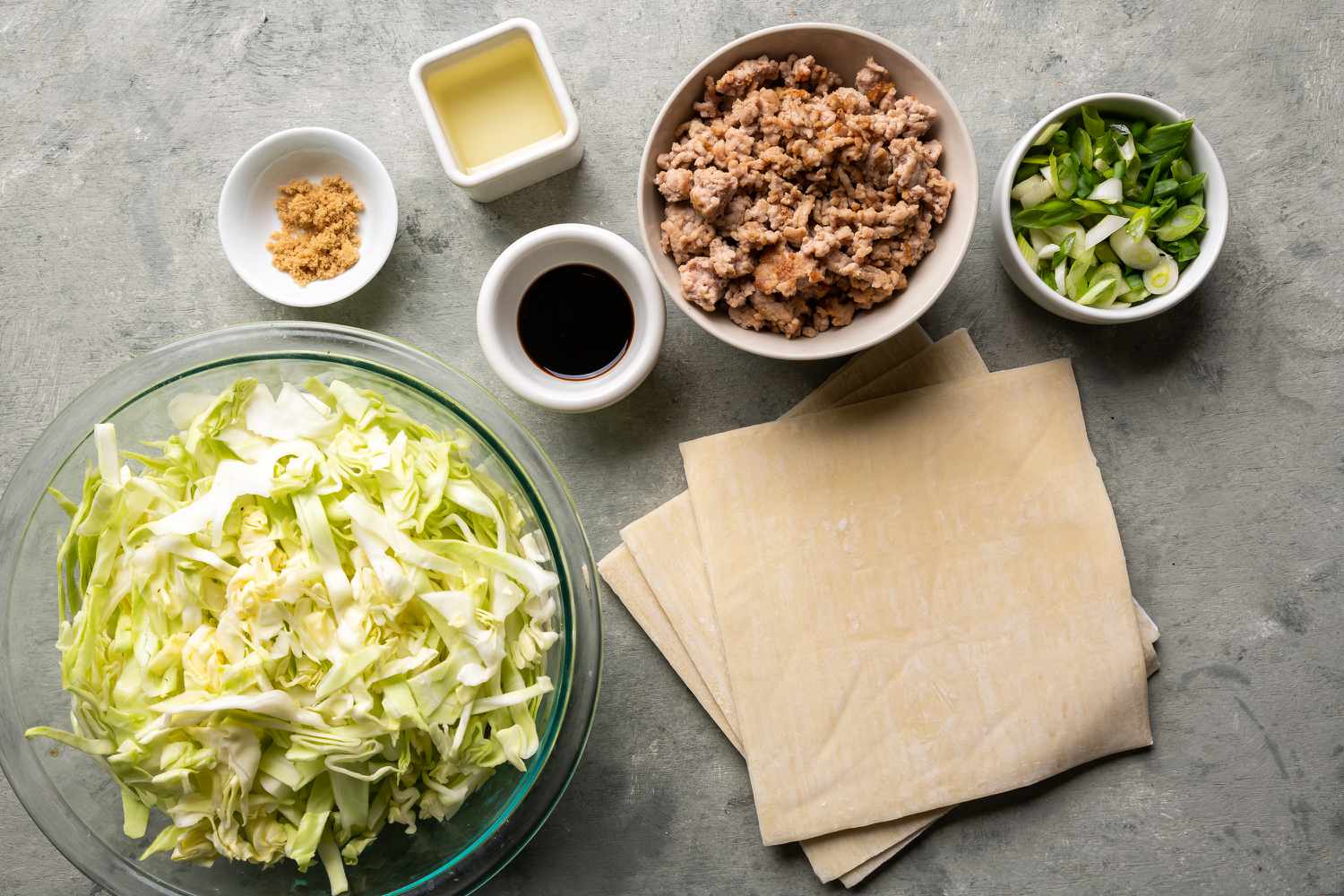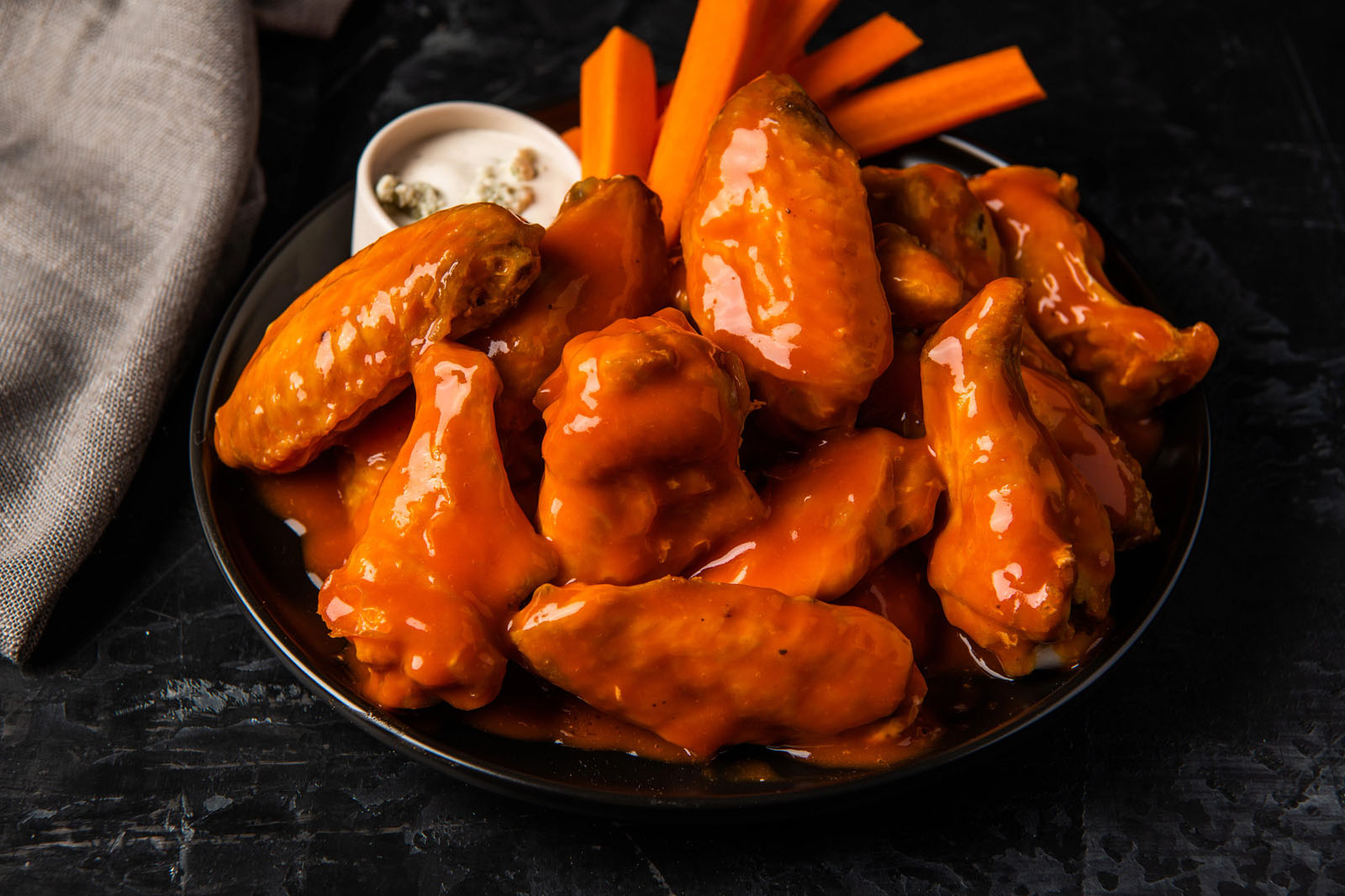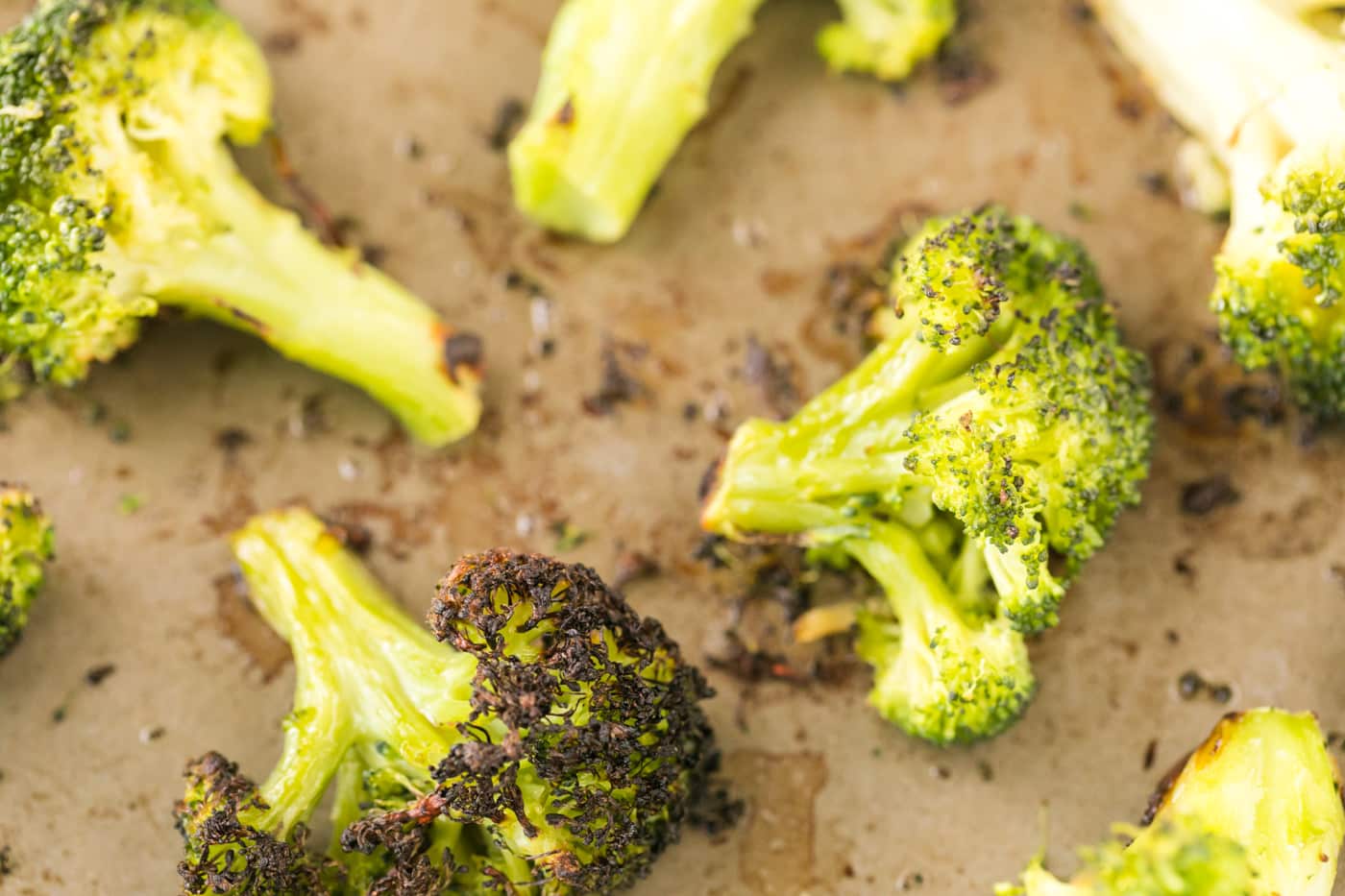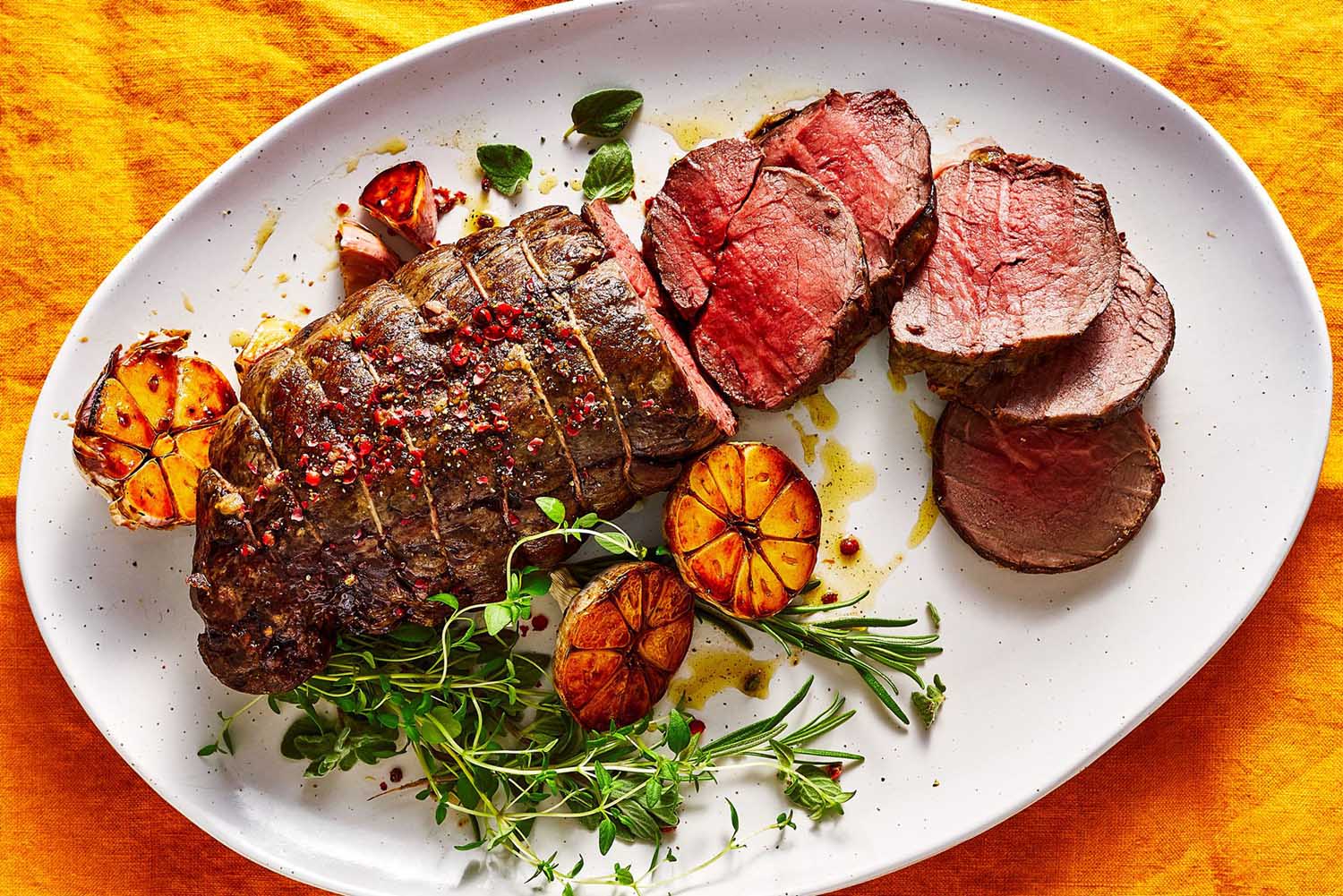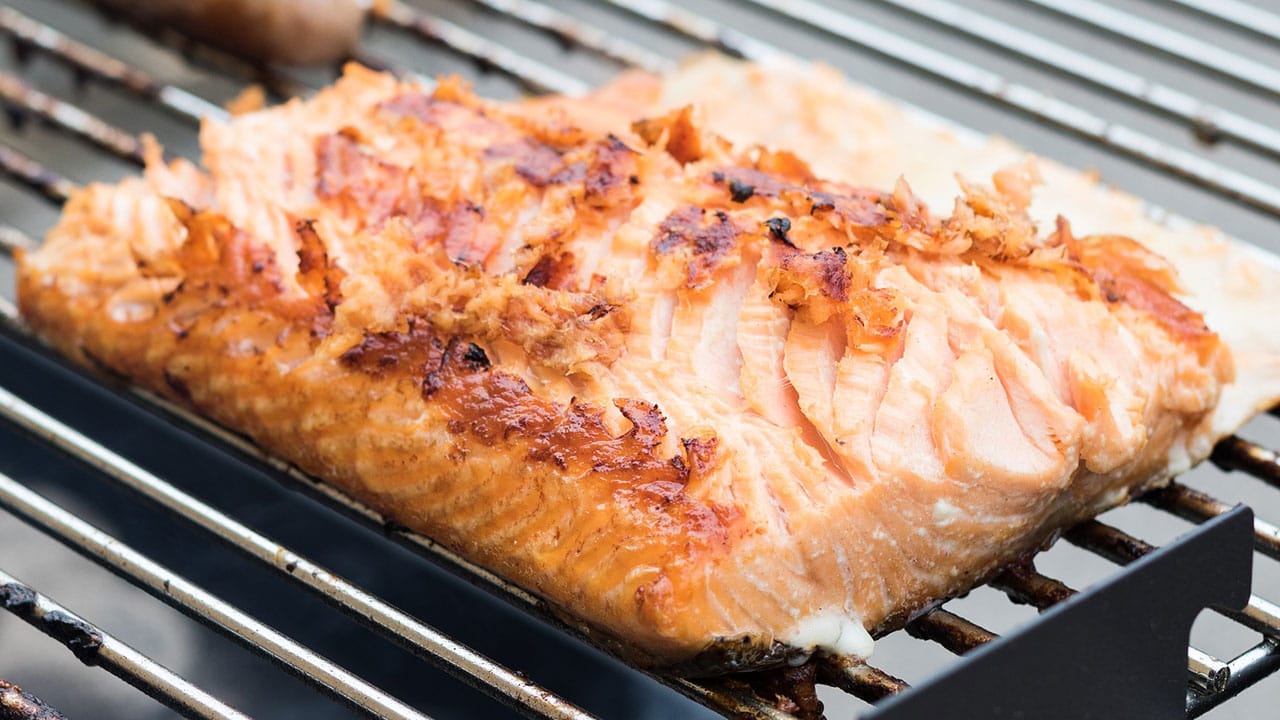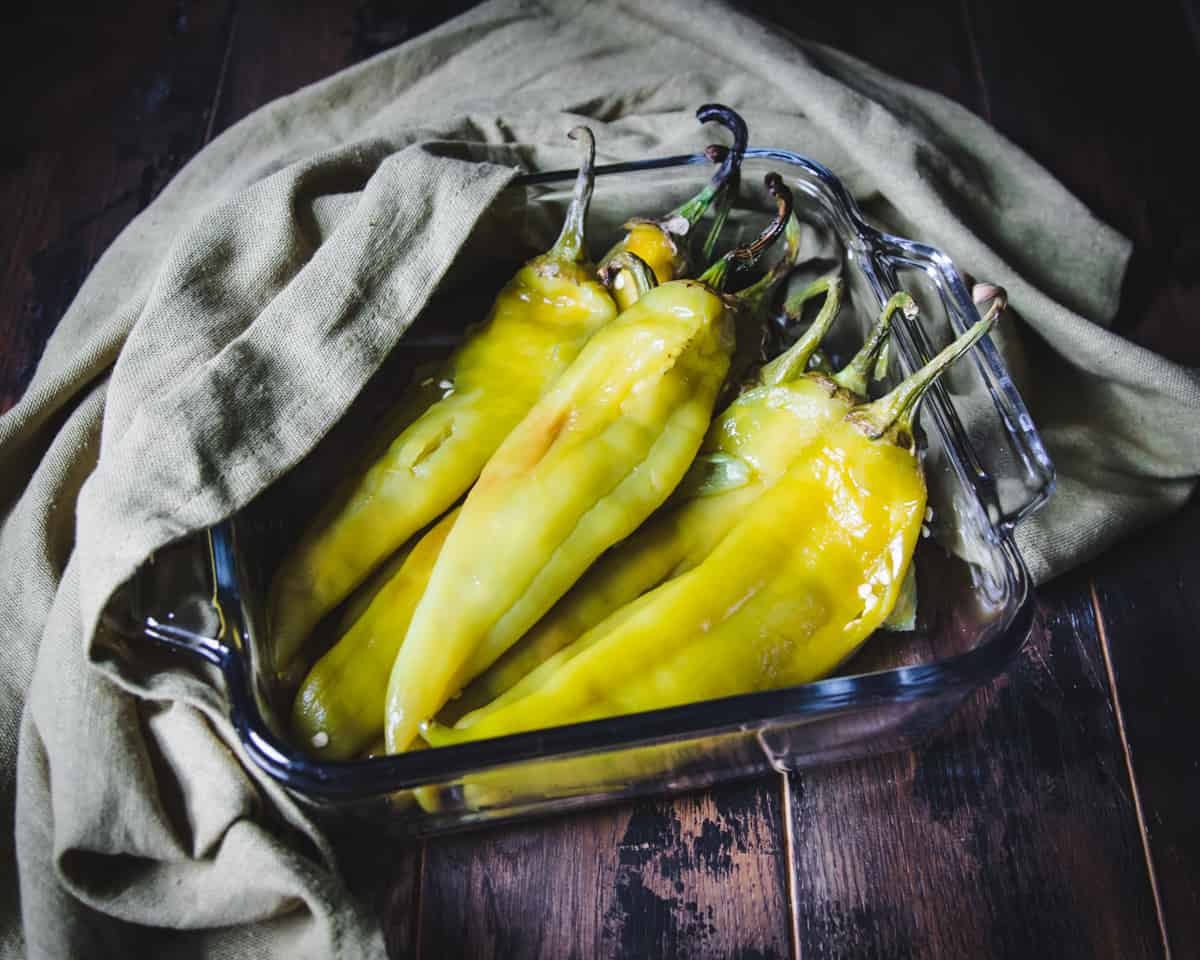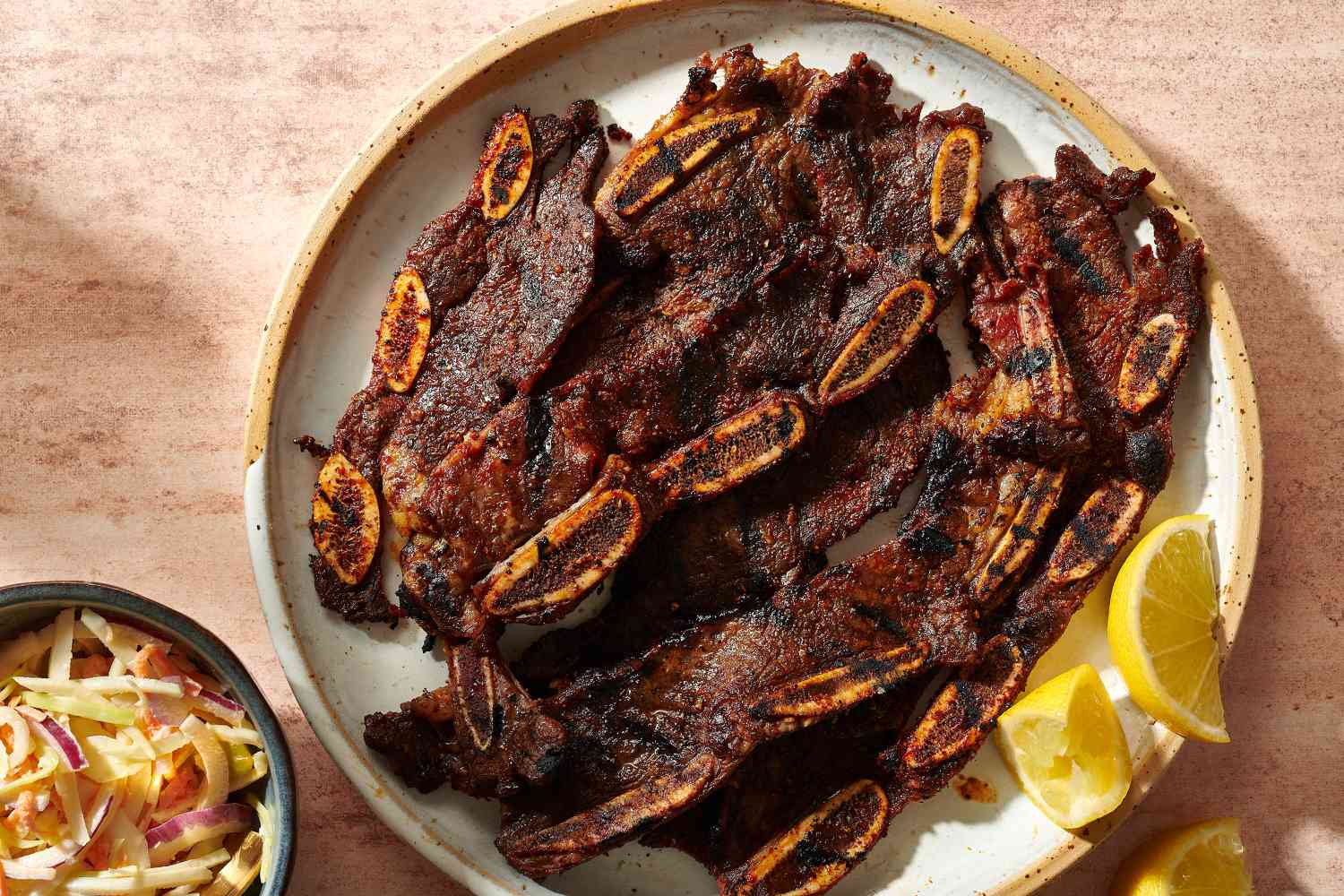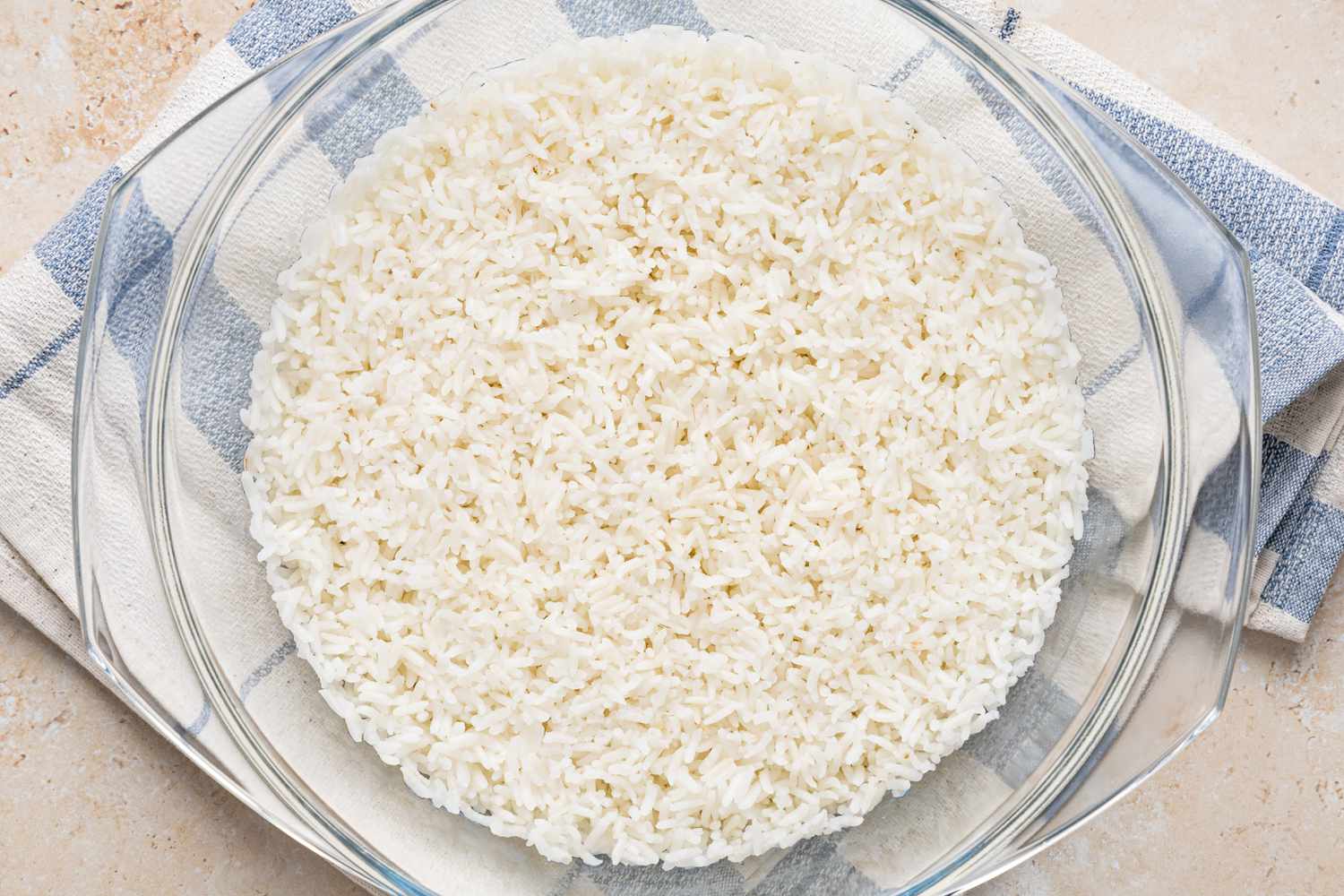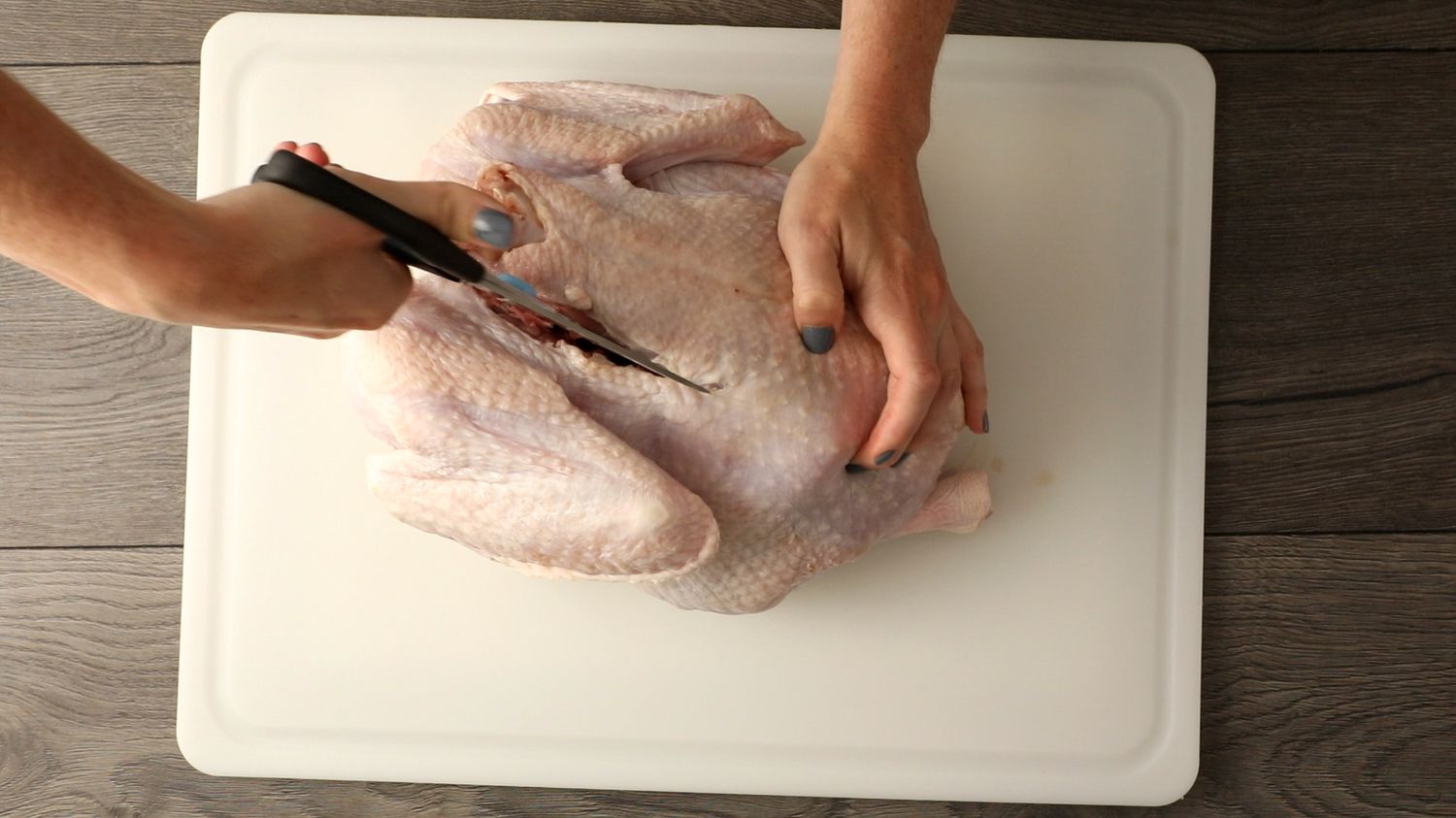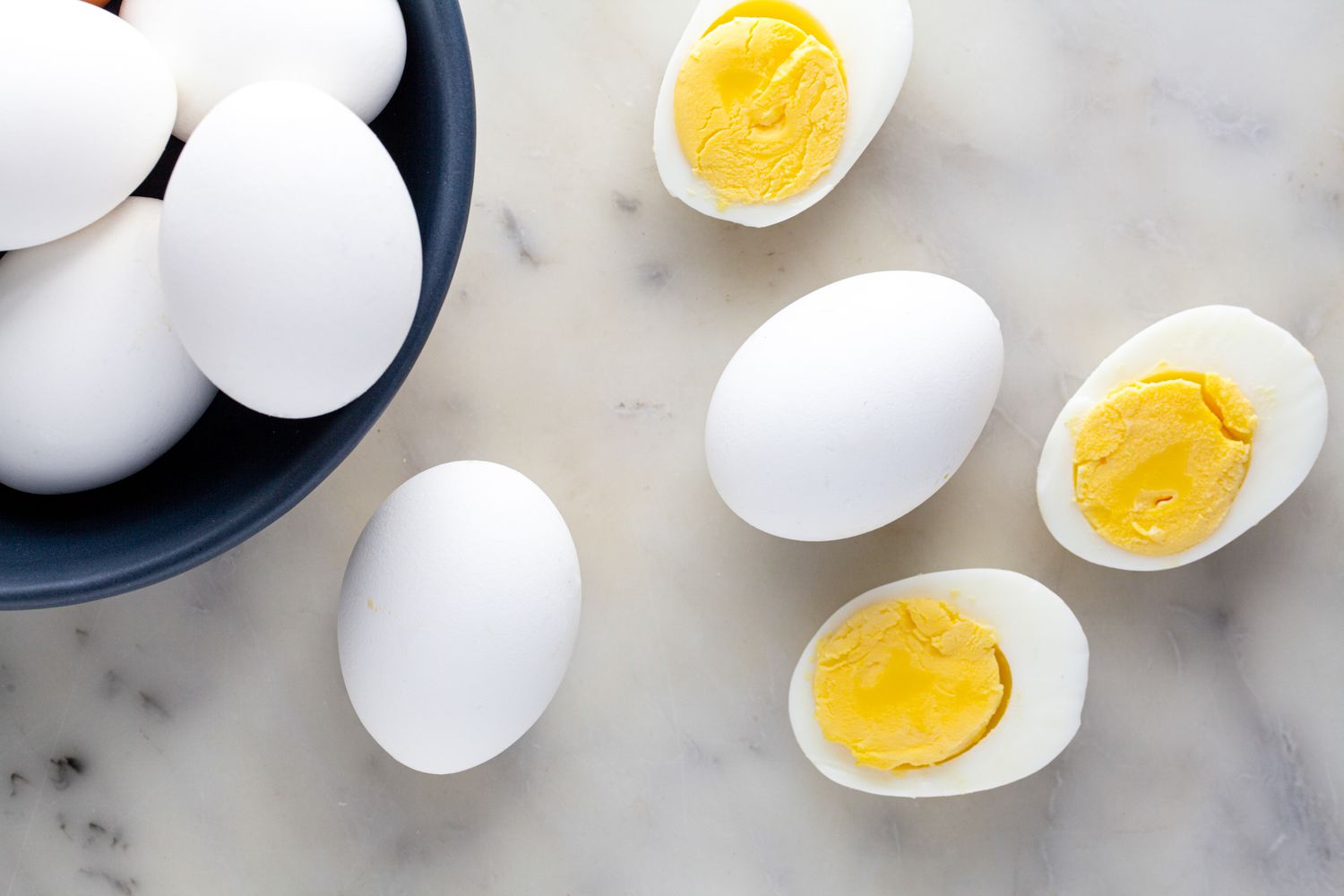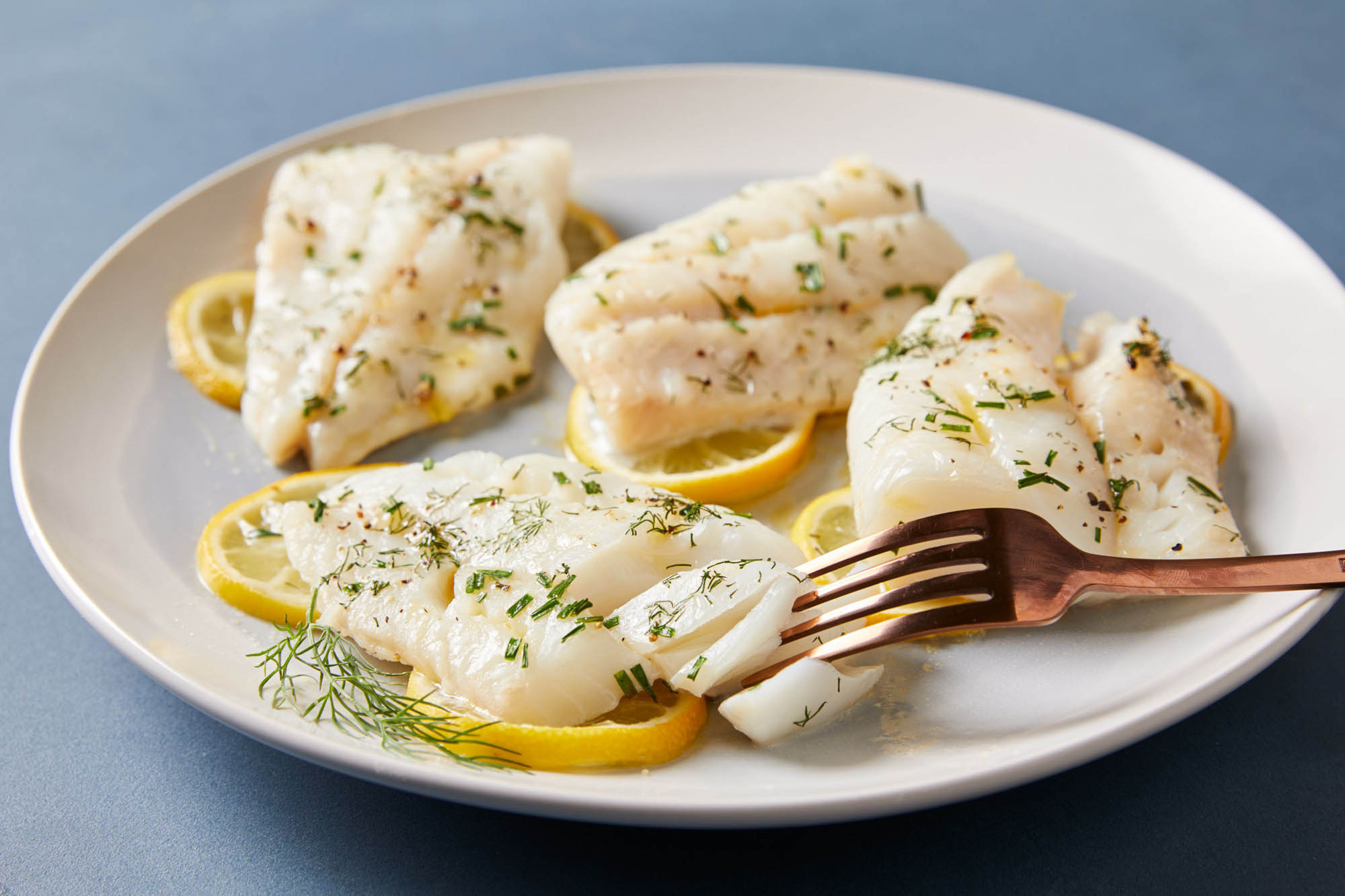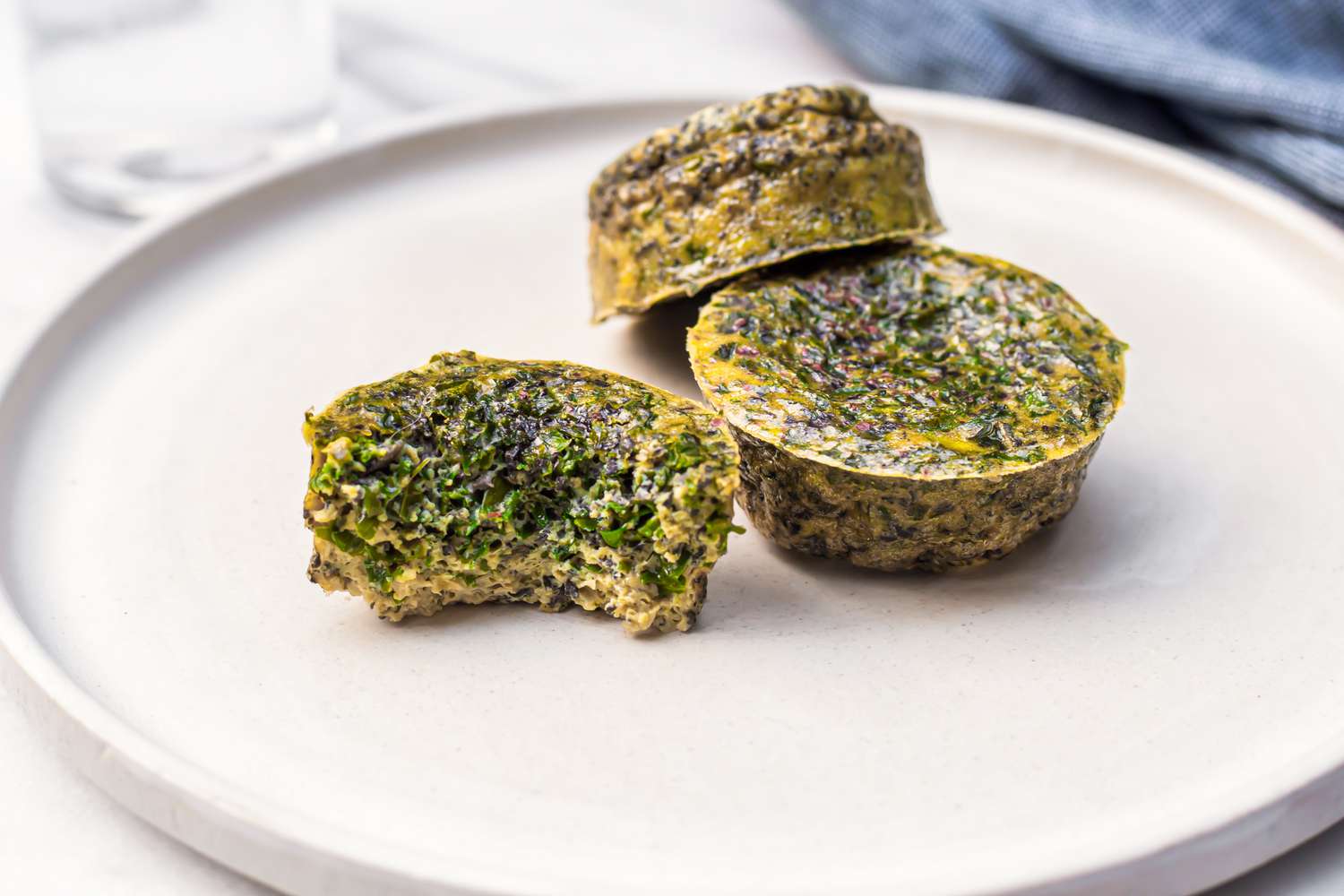Mastering the Art of Cooking a Rack of Ribs
Are you a fan of tender and juicy ribs that fall right off the bone? If so, you’ve come to the right place! Cooking a rack of ribs to perfection may seem like a daunting task, but with the right techniques and a little patience, you can create a mouthwatering masterpiece that will impress your friends and family. In this blog post, we will guide you through the process of cooking a rack of ribs step by step.
1. Choosing the Perfect Rack of Ribs
The first step to cooking amazing ribs is selecting the right cut. There are two main types of pork ribs – baby back ribs and spareribs. Baby back ribs are shorter and leaner, while spareribs are larger and meatier. Both options are delicious, so choose the one that suits your preferences.
- Look for ribs with a good amount of meat on them, as this will ensure a juicy and flavorful end result.
- Inspect the color of the meat – it should be fresh and pink, with little to no discoloration.
- Ensure that the ribs have a nice layer of fat on them, as this will add richness and tenderness when cooked.
2. Preparing the Ribs
Before you start cooking, it’s important to properly prepare your rack of ribs.
- Remove the membrane: Flip the ribs over and, using a knife or your fingers, loosen the membrane along one edge. Once loosened, grab it with a paper towel and peel it off the rack. Removing the membrane will allow the seasonings to penetrate the meat.
- Season generously: Create a dry rub using a combination of your favorite herbs, spices, and seasonings. Rub the mixture into the ribs, ensuring even coverage on both sides. Let the ribs rest and marinate in the refrigerator for at least an hour, or overnight for maximum flavor.
3. Choosing a Cooking Method
When it comes to cooking ribs, you have several options to choose from:
- Grilling: Preheat your grill to medium heat and place the ribs bone-side down. Cook for approximately 1.5 to 2 hours, basting with your favorite barbecue sauce during the last 15 minutes. This method will give you smoky and charred ribs with a hint of sweetness.
- Oven-baking: Preheat your oven to 250°F (120°C). Place the ribs bone-side down on a baking sheet and cover tightly with foil. Bake for 2.5 to 3 hours, or until the meat is tender. Finish off by brushing the ribs with barbecue sauce and broiling them for a few minutes to caramelize the sauce.
- Smoking: If you have a smoker, this is an excellent option for achieving tender and flavorful ribs. Follow the manufacturer’s instructions for smoking the ribs at a low temperature (around 225°F or 110°C) for 4 to 6 hours. The slow and steady smoke will infuse the meat with a delicious smoky flavor.
4. Resting and Serving
Once your ribs are cooked to perfection, it’s crucial to let them rest for a few minutes before serving. This allows the juices to redistribute, resulting in a more tender and succulent end result. Feel free to brush on some extra barbecue sauce or serve it on the side for dipping – it’s all about personal preference!
When it comes to serving, a rack of ribs is best enjoyed with your favorite side dishes, such as coleslaw, cornbread, or grilled vegetables. So fire up that grill or preheat that oven, and get ready to impress your taste buds with the tenderest and most flavorful ribs you’ve ever cooked!
Was this page helpful?
Read Next: How To Cook Ribs
